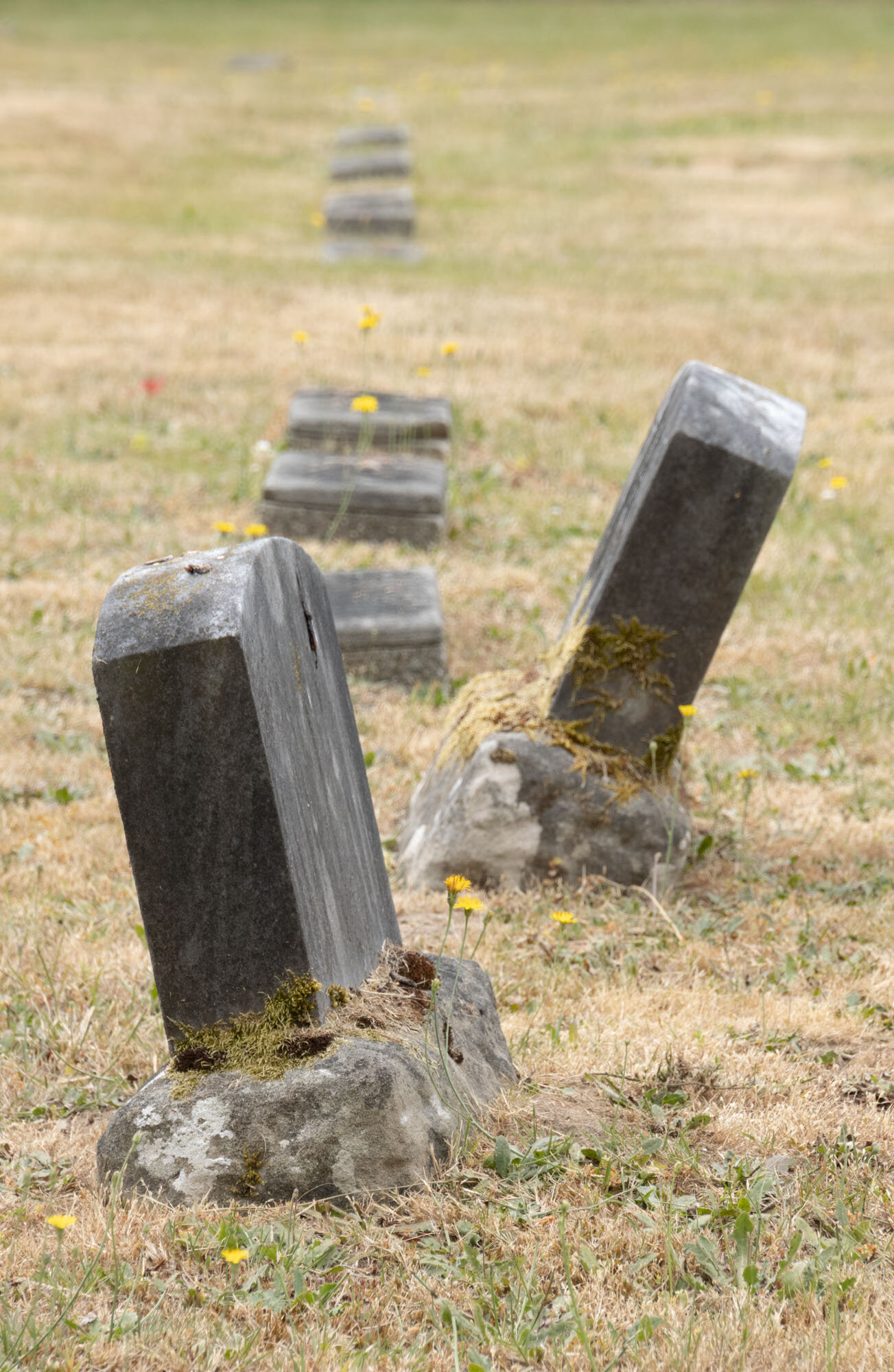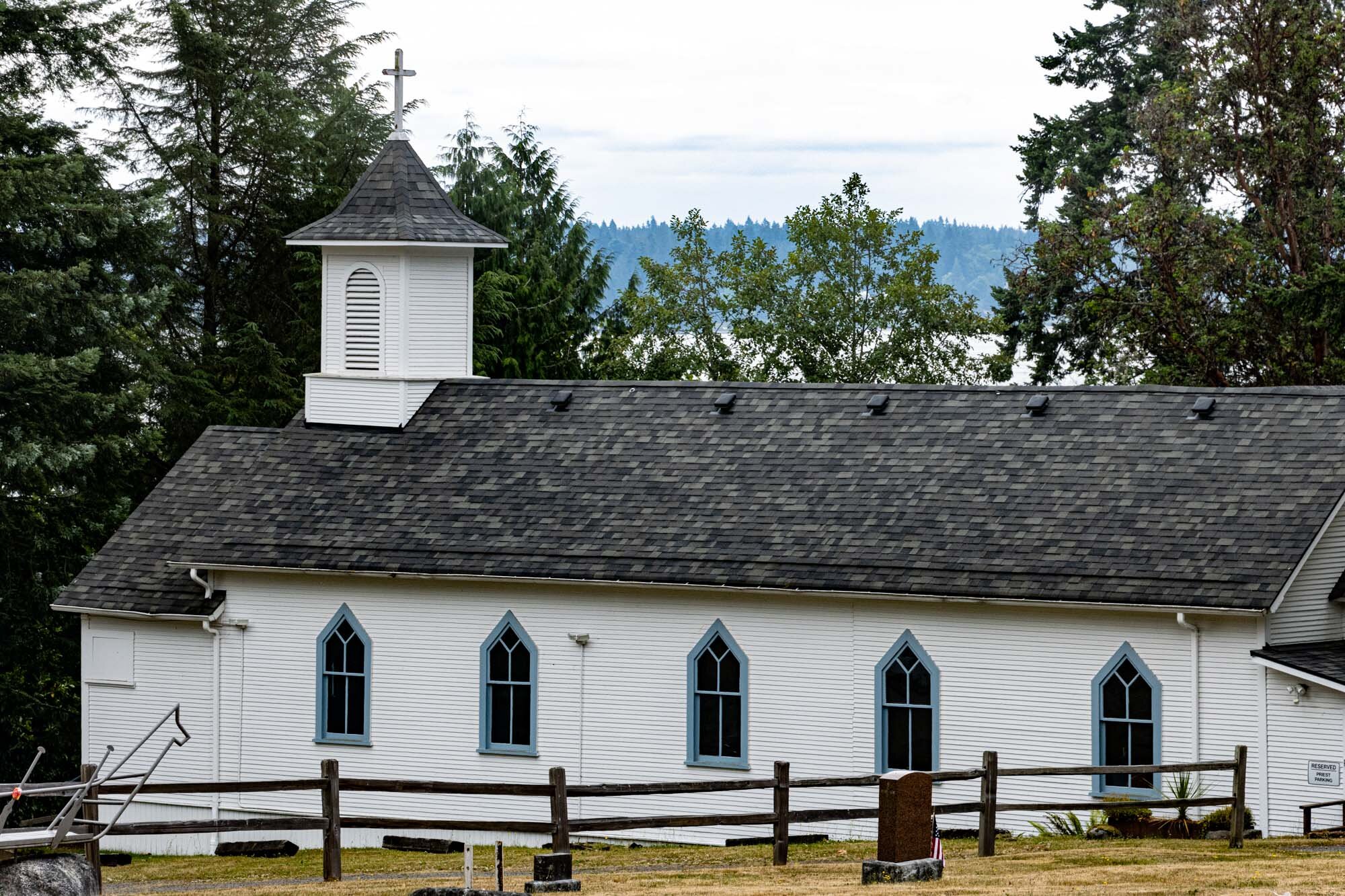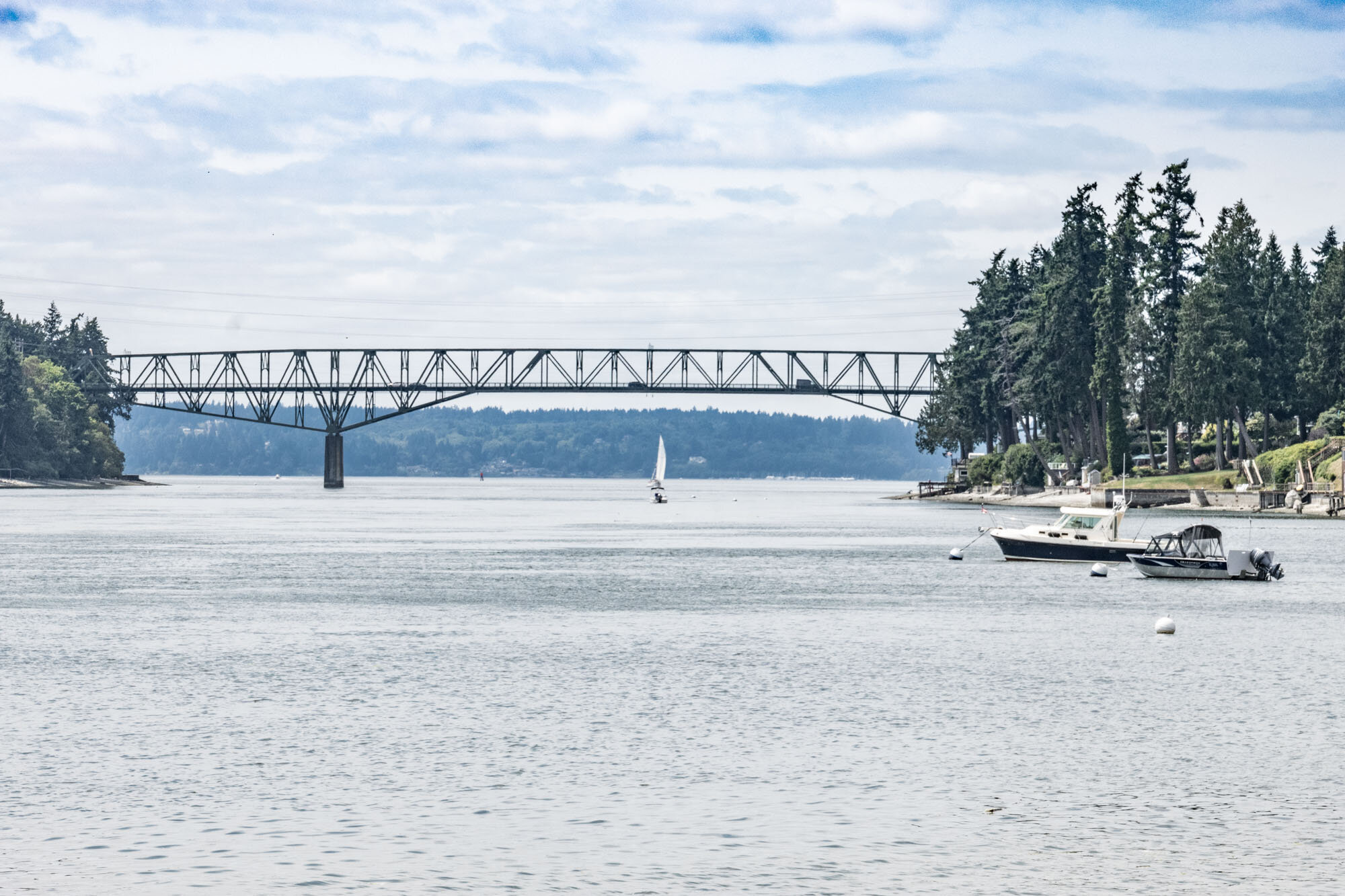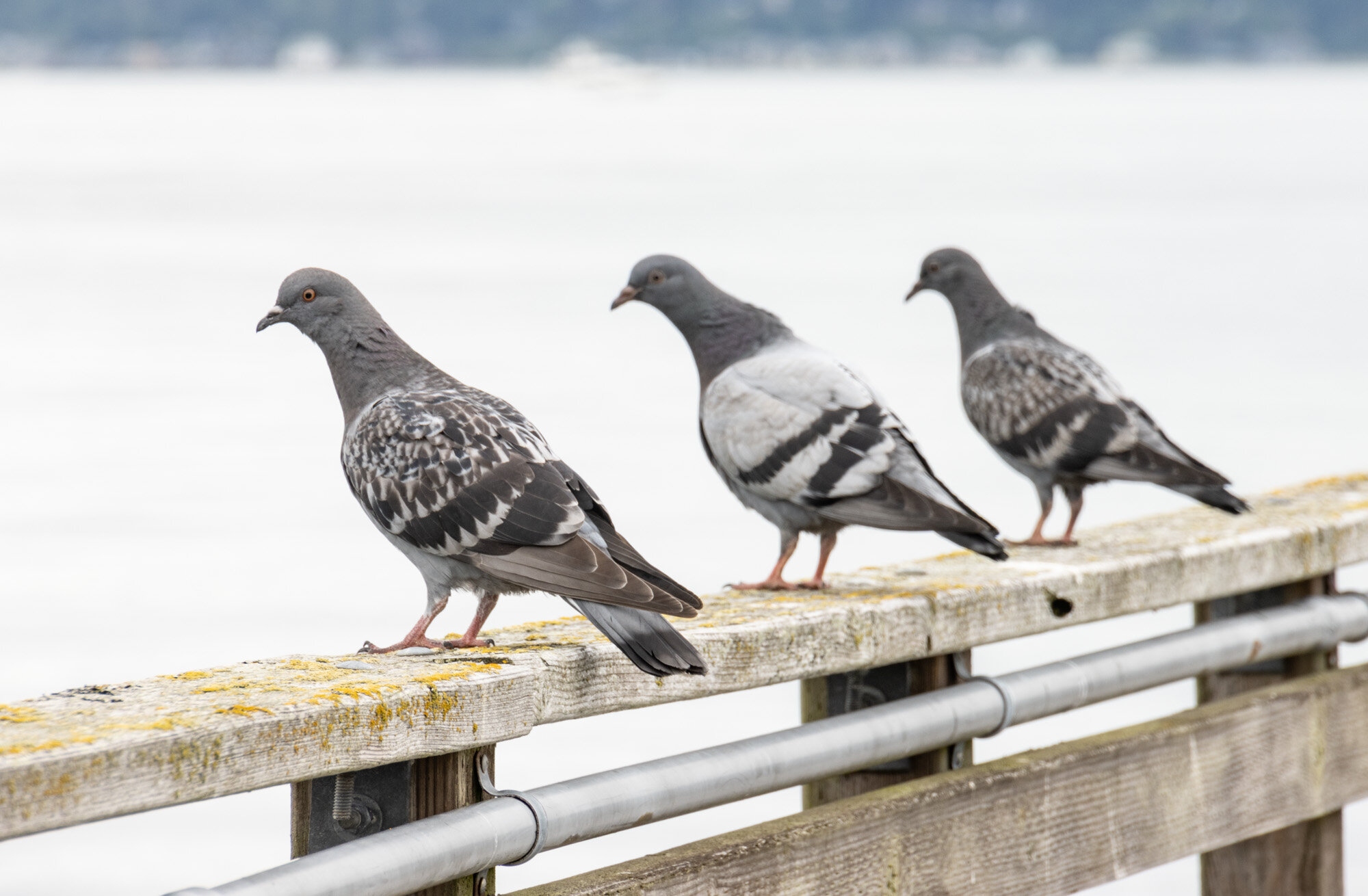Suquamish - the Tribe and its Land
I turned left from Route 104, just a few blocks after departing the ferry in Kingston. From there it’s only a seven-mile, twelve-minute drive to Suquamish. During the short drive I remembered how much I enjoy driving in rural areas such as these in Kitsap County. There are miles of green on both sides of the two-lane road and very little sound other than a soft breeze through the trees. The only unexpected sights were several large signs for fireworks. I shouldn’t have been surprised — after all, this area is Native country, and it was June 30th.
Suquamish means “place of the clear salt water” in the Lushootseed language. The Suquamish had villages throughout the Puget Sound area, primarily on what we now call the Kitsap Peninsula, but the most well-known one was Old-Man-House, home of the Suquamish people for over 10,000 years, located just on the north side of the Agate Bridge.
In 1855 the Treaty of Point Elliott was signed between the United States and multiple tribes that were part of what was known at the time as the Washington Territory. The treaty promised reservations to the tribes in exchange for giving up their land, thus freeing thousands of acres for non-Native settlers to claim, and provided for hunting and fishing rights outside the reservations, along with several other provisions. The Port Madison Indian Reservation was allotted to the Suquamish and Duwamish tribes. Many members of the Suquamish tribe agreed to move to the reservations, but a number of families decided to stay in the villages where they had been living. To this day, there are occasional disputes about land ownership and land use; however, federal courts continue to affirm the tribes’ treaty rights.
Suquamish is most known as the burial place of Chief Seattle, or si?al in his native language, who was born to a Suquamish father and a Duwamish mother around 1786. He was recognized for his skills as a spokesman and mediator and for his diplomacy in preventing several large battles that would have had catastrophic results. In his honor, the early settlers at Alki Point named the city after the chief in 1851. Chief Seattle gave a famous speech in 1854 on the occasion of Isaac Stevens’s visit to Seattle. Stevens was the commissioner of Indian Affairs for the Washington Territory. In his speech, the chief promised to abide by the treaty and pleaded for respect for the Indian people and their environment. Chief Seattle died in 1866 and is buried behind the historic Saint Peter’s Church in the Suquamish Memorial Cemetery.
The history of the Suquamish people is best displayed in the Suquamish Museum. The museum galleries house objects and artifacts, some of which had never been seen before. It also provides cultural, educational, and language programs and has a performance space, a gift shop, and an outdoor learning area. Along one wall inside the museum is the tribe’s well-explained history. It’s worth taking the time to read each panel.
Old Man House Park, along the Agate Passage, is the site of the original Suquamish village and the Big House, the winter home of si?al (Chief Seattle). Old Man House was destroyed by the US government in 1870.
I’ve cycled over the Agate Bridge several times and recall thinking that it was an endearing older bridge that just connected two pretty pieces of land. It wasn’t until this journey that I actually saw that it transversed the water of Agate Passage dividing North Kitsap and Bainbridge Island. beautiful North Kitsap and Bainbridge Island.
The House of Awakened Culture, with its beautiful cedar, both inside and out, is a longhouse that was built to re-create the one that was destroyed at Old Man House Park. It serves as the tribal community center, a location for tribal programs and celebrations, and with its easy access to the water, canoe regattas take place there as well. Both tribal and community members look forward to the annual Chief Seattle celebration, when this location is one of the stops for the many colorful canoes of Pacific Northwest tribes. Although the facility is only open during official events, I was fortunate to gain access through a good friend who lives in Suquamish.
Just up the hill and across the street is the Suquamish Veterans Memorial, which honors both native and nonnative members of the Suquamish community who have served in the armed forces. Two of its four posts represent tribal leaders, Chief Seattle and Chief Kitsap. Located on a wall behind the posts are two granite canoes with the names of community members who have served engraved on them. The memorial overlooks the House of Awakened Culture, Mount Rainier, and the waters of Agate Passage. There is a Suquamish myth, Sea to Sky that is so well reflected in this memorial. It’s quite a beautiful memorial.
Land ownership across the globe is a struggle I’m familiar with. As I’ve been on this journey, I’ve become more aware of the struggles of the Native Americans and their impact on the land and history of the United States. I have also developed a new respect for their people and their culture.
We took a short drive the next morning to Indianola, a hamlet also along the Agate Passage. Development of the area started in 1916. A dock and a country store were built to attract buyers, and today those are the two most prominent pieces of construction. The dock is 900 feet long and was expanded at one point to allow cars to drive onto it to access the ferries. The only access to Indianola was by ferry until the road connecting the town to Suquamish was finally completed in 1939. The ferries stopped in 1951. There had been a library, a school, and a community center, but they were eventually closed. There is still a post office. And the country store, built in 1920, is still there, serving as a hub for the weekend and summer community.















